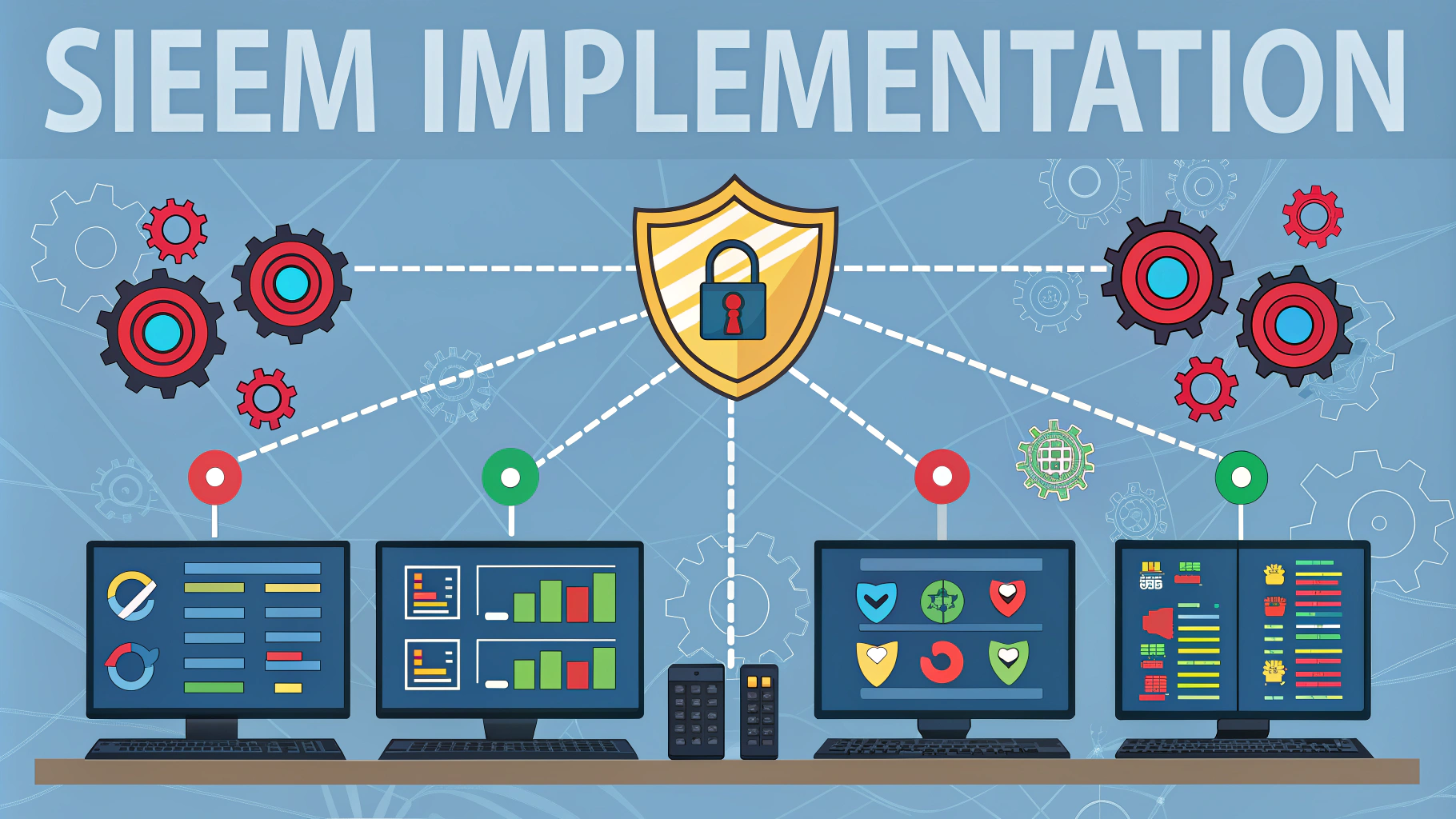SQL injection remains one of the most dangerous web application security risks according to OWASP Top 10.
This guide covers essential SQL injection techniques used in ethical penetration testing.
Basic SQL Injection Types
- Union-Based: Combines results from multiple SELECT statements
- Error-Based: Extracts data through database error messages
- Boolean-Based: Uses true/false conditions to extract data
- Time-Based: Relies on time delays to confirm injection success
Common Entry Points
- Login forms
- Search boxes
- URL parameters
- Hidden form fields
- Cookie values
Detection Techniques
Start testing with basic characters like single quotes (‘), double quotes (“), or SQL commands (OR 1=1).
' OR '1'='1 admin' -- ' UNION SELECT null, null--
Prevention Methods
- Parameterized Queries: Use prepared statements instead of string concatenation
- Input Validation: Implement strict server-side validation
- Least Privilege: Limit database user permissions
- WAF Implementation: Deploy web application firewalls
Testing Tools
- SQLmap: Automated SQL injection detection and exploitation
- Burp Suite: Web vulnerability scanner with SQL injection detection
- OWASP ZAP: Free alternative to Burp Suite
Reporting SQL Injection Vulnerabilities
Document findings with clear proof-of-concept examples and impact assessment.
Vulnerability: SQL Injection Location: [specific endpoint/parameter] Severity: High Impact: [database access level/potential data exposure] Steps to Reproduce: [detailed steps] Recommended Fix: [specific remediation steps]
Additional Resources
Report security vulnerabilities to affected organizations through their bug bounty programs or security@[domain] email addresses.
Advanced SQL Injection Techniques
Stacked Queries
Execute multiple SQL statements in a single injection using semicolons to separate commands.
'; DROP TABLE users; --
'; INSERT INTO admin_users VALUES ('hacker','password123'); --
Out-of-Band Attacks
- DNS Exfiltration
- HTTP Request Callbacks
- File System Operations
Database-Specific Attacks
MySQL
- LOAD_FILE() function exploitation
- INTO OUTFILE data dumping
- Information_schema enumeration
Oracle
- UTL_HTTP package abuse
- DBMS_PIPE exploitation
- SYS.DATABASE_NAME disclosure
Post-Exploitation
After successful SQL injection, focus on:
- Privilege escalation opportunities
- Lateral movement within database
- Data exfiltration methods
- Persistence mechanisms
Legal Considerations
- Obtain written permission before testing
- Stay within scope boundaries
- Protect extracted data
- Document all actions
Conclusion
SQL injection testing requires careful methodology, proper documentation, and ethical considerations. While automated tools assist in detection, understanding manual techniques remains crucial for accurate vulnerability assessment and validation.
Regular testing, combined with robust prevention methods, helps organizations maintain strong database security posture. Always prioritize responsible disclosure and follow security best practices when conducting SQL injection tests.
FAQs
- What is SQL injection and how does it work?
SQL injection is a web security vulnerability that allows attackers to interfere with database queries by inserting malicious SQL code into input fields. When successful, it enables unauthorized access to data, manipulation of records, or execution of administrative commands on the database. - What are the most common types of SQL injection attacks?
The main types include Union-based SQLi (combining results with malicious queries), Error-based SQLi (extracting data through error messages), Boolean-based SQLi (inferring data through true/false questions), Time-based SQLi (using time delays to infer data), and Stacked Queries (executing multiple SQL statements). - What are the key indicators that a website is vulnerable to SQL injection?
Common indicators include error messages revealing database information, unexpected behavior when inserting special characters (like ‘ ” ; –), abnormal response times when testing parameters, and successful execution of boolean conditions in URL parameters. - How can penetration testers detect SQL injection vulnerabilities?
Testers can use automated scanning tools like SQLmap, manual testing with payloads, checking for error messages, testing input validation, and using specialized penetration testing frameworks like Burp Suite. - What is blind SQL injection and why is it significant?
Blind SQL injection occurs when an application is vulnerable but doesn’t display database error messages. Attackers must use inference techniques based on application behavior, making it harder to detect but still exploitable through boolean-based or time-based methods. - What are second-order SQL injection attacks?
Second-order SQL injection happens when malicious input is stored by the application and executed later in a different context. These attacks are more complex as they bypass immediate input validation and execute when the stored data is used. - What tools are commonly used for SQL injection testing?
Professional penetration testers commonly use SQLmap, Burp Suite, OWASP ZAP, Havij, and custom scripts. These tools help automate the testing process and can identify various types of SQL injection vulnerabilities. - How do parameterized queries prevent SQL injection?
Parameterized queries separate SQL logic from data, treating user input as data rather than executable code. The database engine handles parameter sanitization, making it virtually impossible for malicious SQL to be injected into the query. - What is WAF evasion in SQL injection testing?
WAF evasion involves techniques to bypass Web Application Firewalls, including encoding payloads, using alternate syntax, comment injection, and case variation to avoid detection while testing for SQL vulnerabilities. - What are the legal implications of SQL injection testing?
SQL injection testing must only be performed with explicit permission from the system owner. Unauthorized testing can result in criminal charges under computer misuse laws, even if the intention was not malicious.








